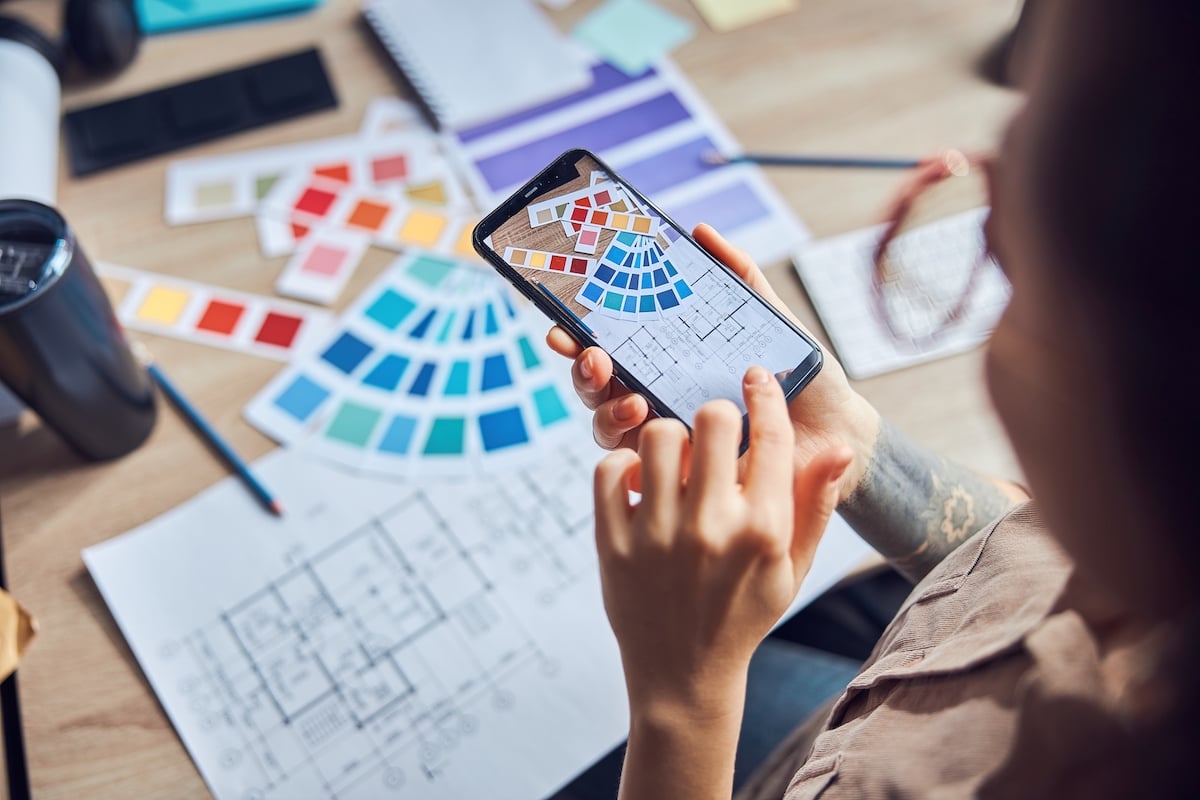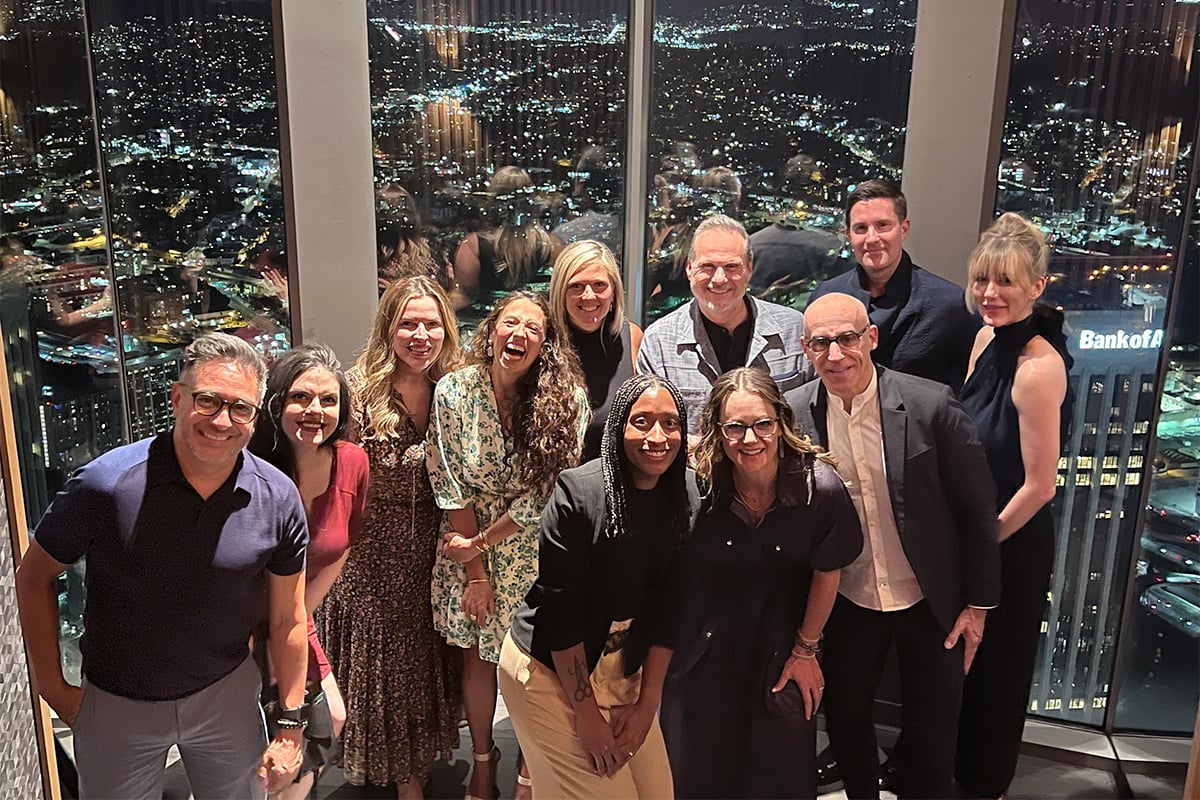
The world of architecture and design (A&D) has long been seen as a service industry of specialized expertise. Once lauded as the sole source of information, today's rapidly evolving world with more stakeholders and shifting c-suite priorities has changed that dynamic. For companies and the A&D firms that work for them to succeed, everyone will need to come to the table together and pursue design thinking that makes the end user the central focus.
ThinkLab recently facilitated a Clubhouse discussion on rethinking the ways things have always been done. During the discussion, Meena Krenek, Principal at Perkins&Will summed up the shift as this: “Today, people don't care how much you know until they know how much you care.”
So let's take a look at what's changing, what's not, and how these perspectives have the potential to alter the way we fundamentally approach design.
Design is Shifting from Calculated to Curated
When you have a fixed mindset, you think you know all the answers… 1+1 always equals 2. But designing with a fixed mindset can be seen as formulaic. In the past, environments were designed for health, safety, and pleasing aesthetics. Space was deemed healthy and safe by building codes and regulations. Visually, spaces were designed to be on-trend and convey a company’s brand and image. And while the health, safety, and visual experience of environments are more important than ever, the context has shifted. We are ushering in an era of informed design from a growth mindset.
Krenek puts it this way, "In the past we designed space, but today, we are designing for people, technology, and space... in that order and as one cohesive thought process."
Design Refocuses from Space to People + Purpose + Technology
With the speed of change in society, there is a cultural shift happening; having expertise doesn't mean knowing all the answers, it means being curious to recognize you don't always have the answers, then responding by listening and reframing. Krenek elaborates,
“When we design with a growth mindset, we allow ourselves the opportunity, to really dig into questions and to have a mindset of pursuing the truth. What’s more, we know that it’s okay to fail along the way if the intention is to create spaces that holistically support the occupant.” - Meena Krenek
Through the isolation of the pandemic, we’ve heightened our collective emotional awareness. And according to Krenek, as designers, “we crave understanding of what others are thinking and feeling. We are in a place where people are focusing on informed design and curated experiences, not just designing for all. But more importantly, needing to design for all of humanity in a tailored and specific way.”
AJ Paron, Executive Vice President Design Futurist, SANDOW, and Clubhouse attendee, agrees and adds, “Designers who are well trained and embody curiosity and empathy are the perfect fit to rethink the design of the built environment.”
Design Ushers in a New Era of Experience + Belonging + Well-being
With the increased awareness around how spaces make us feel, design will need to be compelling from every sensory experience in order to draw people in, and bring people back to the physical space.
To address this, Paron asks, “How will data collection influence how we design next? We are getting much closer to understanding the behaviors of people but how can we look past simply how a space is used to how it is felt and experienced?”
Perkins&Will is addressing this with a push toward informed design and research. Krenek explains,
“Sensory experiences and sensory design is going to be the reason someone will leave their homes to come to an office or other public space. There needs to be offerings that are unique and compelling. How do you create space that offers unique elements that people want to engage with? No designed experiences truly have value unless we understand how the experience is felt by the user. We are working toward an informed design approach and offering research as part of our design services so that we can use the occupant data out there to really create a design that is best for people.” - Meena Krenek
So how can we truly design for experience? It goes beyond data, sound, visuals, texture, and smell. Interaction is key.
Designing for Interaction, Individual Well-being, and a Culture of Connectedness
Beautifully created and experienced design should foster connection. Krenek describes uncovering this connection with her clients like this, “As a person journeys through a building, from the moment they enter the door, the first real memory of that space is typically when someone greets them or interacts with them within the space.”
As we rethink how design has been done in the past and move toward informed and experiential design, the success hinges on creating interaction. Krenek continues, “People’s behaviors can change because of space. How can space make people proud of who they are, and make them feel welcome and comfortable? We need to start focusing on simple things like giving individuals transparency through space which then takes down unspoken barriers and levels of hierarchy. The work that we do affects the way people behave, which affects the culture and the way end-users engage.”
Put another way, the focus of the future will be on the psychology of design. After all, culture and design go hand in hand. Every company culture is different, and therefore the spaces that house these teams should be different as well.
As for the future, while the expertise needed to build safe and healthy environment has never been more important, being an expert in code compliance is not enough. What are the three main things that will lead us into the future?
- Humility
- Curiosity
- People-centric-design-thinking
And as we consider this next chapter in design, author and Clubhouse participant, Rex Miller, leaves us with this, “Culture is the invisible fabric that weaves how we work best together. Design must shift from displaying a company's brand to a more holistic display of its culture, not only through the elements of the built environment, but also through how the space is activated, and how design elements bring people together to foster connection, innovation, and growth.”
Already on Clubhouse? We’d love to hear from you on Fridays at 9:00 am EST in our club: Design + Data w/ThinkLab.
MORE ON THE FUTURE OF DESIGN: DNA Podcast – The Future of the Design Industry
Erica Waayenberg is the head of Research & Content Development for ThinkLab, the research division of SANDOW. At ThinkLab, we combine SANDOW Media’s incredible reach to the architecture and design community through brands like Interior Design Media, Metropolis, Luxe, and Material Bank with proven market research techniques to uncover relevant trends and opportunities for the design industry. Join in to explore what’s next at thinklab.design/join-in.



.jpg)